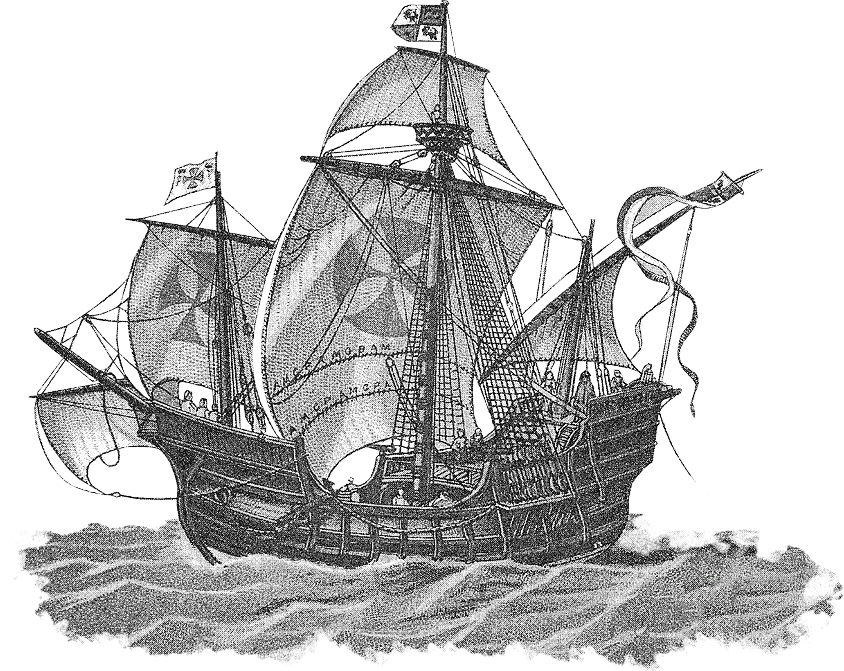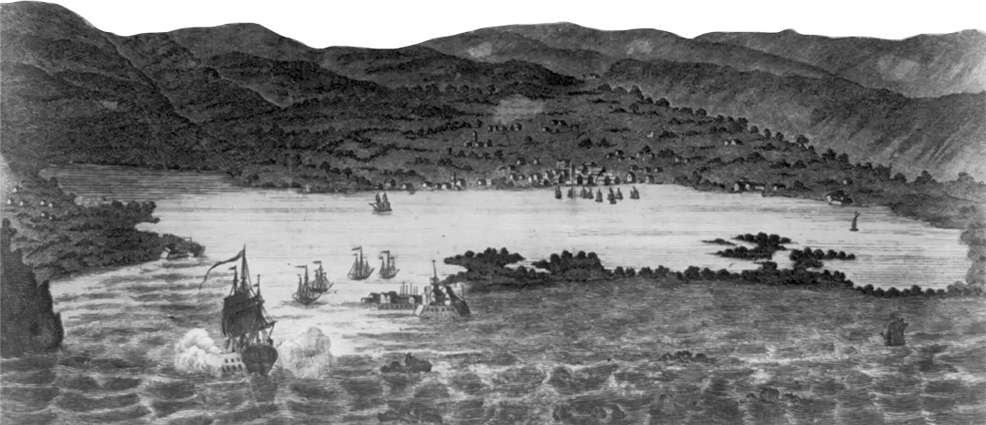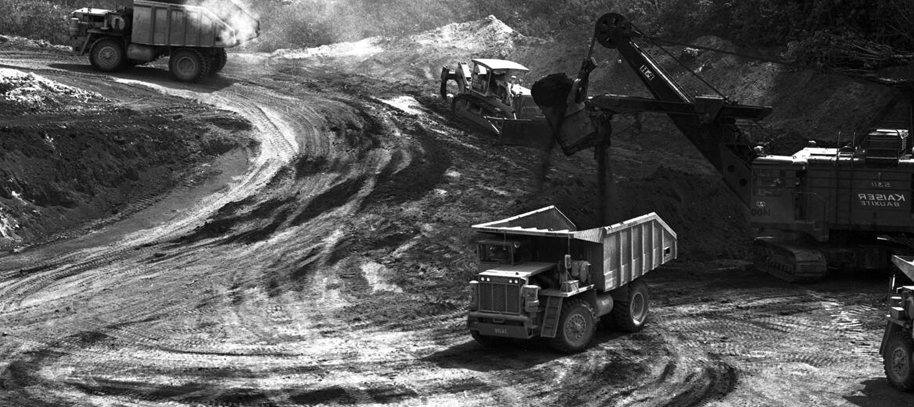The Legacy of Quarrying and Mining in Jamaica’s Development
Jamaica’s journey through history is deeply intertwined with the extraction of its natural resources, especially in the quarrying and mining sectors. Since the arrival of Europeans in the 15th century, the island’s socio-economic, socio-cultural, and environmental landscapes have been profoundly shaped by these industries. From the early colonial days to modern times, the quarrying industry has quietly yet powerfully influenced the development of Jamaica’s built environment and economy.
The Early Years: Spanish Colonization and the Roots of Mining

When Christopher Columbus arrived on the shores of Jamaica in 1494, the island was already rich in resources. The Spanish, in their quest to expand their empire, began mining gold and copper, alongside essential construction materials like limestone and river rock. These natural materials laid the groundwork for what would become an island-wide transformation, one that
would span centuries.
The Spanish settlers, after establishing their capital in Sevilla la Nueva (now St. Ann’s Bay), relied heavily on the labour of African slaves to mine these resources. The slaves’ contributions were instrumental in constructing roads, buildings, and bridges, using locally sourced materials. Notably, clay mined from the island was used in the construction of the colonial buildings still visible in the historic town of Spanish Town.
Although the impact of the Spanish mining activities on Jamaica’s built environment isn’t as well-documented as their sugar industry, it’s undeniable that quarrying played a crucial role in the shaping of the island’s infrastructure. The materials extracted from Jamaica’s earth were used to build structures that would stand for generations, and the methods of mining would evolve over time, leaving a lasting legacy.
The English Era: Industrialization and the Expansion of Mining
In 1655, the English took control of Jamaica, and with their arrival, the mining and quarrying industries expanded. The need for fortifications along the coast led to a surge in the extraction of stone and other materials. The English also introduced new forms of mining—most notably, lead and copper—which contributed to the growing infrastructure and industrialization of the island.
The English era saw the establishment of sugar, coffee, and banana plantations, all of which required vast amounts of land and labour. The construction of sugar factories and the development of the railway network in the 19th century further accelerated the demand for materials like limestone, shale, and gypsum—minerals that would shape the modern built environment. As the demand for raw materials increased, so did the need for quarrying operations to supply these industries.
During this period, towns like Frome, Savanna-la-Mar, and the sugar estates in St. Elizabeth grew around the mining and agricultural industries. These towns flourished as hubs for production, and the mining of metals, especially copper, continued to play a role in the island’s growth.

The Rise of Bauxite: A New Chapter for Mining in Jamaica

Fast forward to the 20th century, and Jamaica’s mining industry underwent a significant transformation with the discovery of bauxite. In 1938, the country’s rich deposits of bauxite, a key material for aluminium production, were identified, marking the beginning of a new economic era. By the mid-20th century, Jamaica had become the world’s leading producer of bauxite, and mining towns like Ocho Rios, Nain, and Mandeville saw rapid growth.
The bauxite industry not only boosted Jamaica’s economy but also led to the creation of new port facilities, including the famous Reynolds Pier in Ocho Rios and the development of mining villages throughout the island. This period saw an increase in infrastructure development, as the demand for cement and construction materials soared. The quarrying industry responded by extracting vast quantities of limestone, marl, and other aggregates, which were essential for cement production and road construction.
One of the most significant impacts of this era was the growth of Kingston, which transformed from a small coastal settlement into the island’s commercial capital. The expansion of the urban landscape required the continuous supply of building materials, including aggregates sourced directly from the island’s quarries. In fact, it was the growth of the bauxite industry and the subsequent rise of cement manufacturing that fuelled Jamaica’s urbanization during the mid-20th century.
Independent Jamaica: The Legacy of Mining in Modern Infrastructure
Since Jamaica’s independence in 1962, the quarrying and mining sectors have continued to shape the island’s development. Today, Jamaica’s built environment owes much to the quarrying industry, which provides the raw materials necessary for the construction of roads, buildings, and infrastructure.
The quarrying industry, particularly the extraction of limestone, marl, and clay, plays a vital role in Jamaica’s economy. These materials are used in a range of industries, from cement manufacturing to agriculture. In fact, limestone is crucial not only in construction but also in the production of animal feed, soil neutralizers, and even in water purification systems.
As the country’s primary industry, quarrying’s influence extends beyond construction and infrastructure. It is intrinsically linked to secondary industries such as bauxite and alumina production, where limestone is a key ingredient in the processing of alumina. The symbiotic relationship between quarrying and other industries has been central to Jamaica’s development, ensuring the continuous growth of its economy.
With more than 360 licensed quarries operating across the island, the sector remains a major contributor to Jamaica’s economic success. From large operations like Cemex in Clarendon to smaller, community-focused quarries, the impact of this industry is felt in every corner of the island. The extraction of industrial minerals continues to be essential for the construction of everything from schools and hospitals to hotels and highways.
The Hidden Industry: The Vital Role of Quarrying in Jamaica’s Growth
Though often overlooked, the quarrying sector is the backbone of Jamaica’s development. The materials extracted from the earth—limestone, marl, clay, and sand—are the building blocks for Jamaica’s economy. From the historic towns established by the Spanish to the bustling urban centres of modern-day Jamaica, the quarrying industry has been a silent but vital partner in the island’s growth.
In conclusion, the impact of quarrying and mining on Jamaica’s development is undeniable. From the early colonial days to the modern era, the materials extracted from Jamaica’s earth have played a pivotal role in shaping the island’s infrastructure, economy, and society. As Jamaica continues to develop, the quarrying sector will remain an essential part of its growth, providing the raw materials needed to build the future.
Sources & References
- Living Oceans Foundation: Seville, the Birthplace of Modern Jamaica
- Jamaica Business Initiative
- Discover Jamaica: Geography and Tourism
- Interviews with Industry Experts:
- Ministry of Transport and Mining
- Mines and Geology Division


